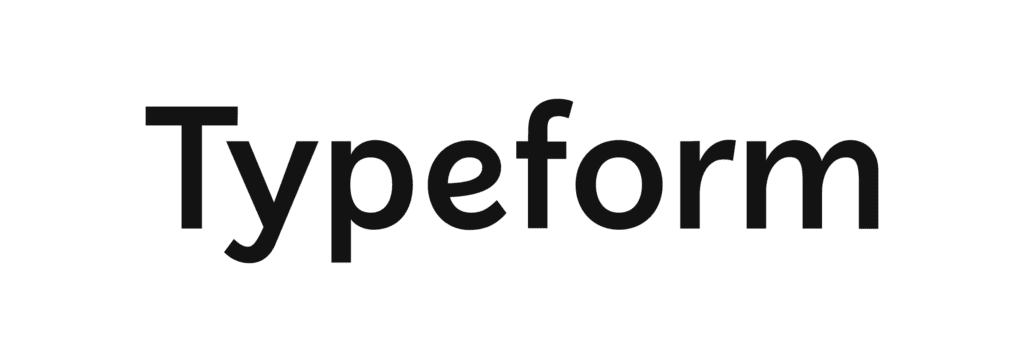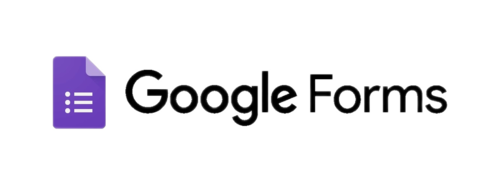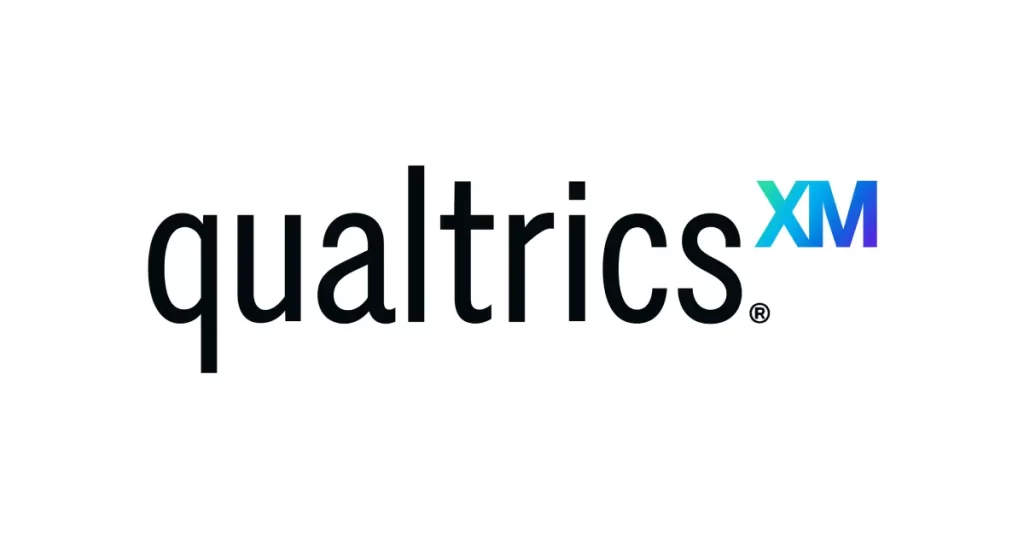In the journey to understand employee engagement and loyalty, businesses frequently turn to innovative metrics like the Employee Net Promoter Score (eNPS). It’s a simple yet powerful way to gauge employee loyalty and predict business growth. However, merely collecting eNPS is only half the battle. The real magic lies in effective measurement and insightful analysis after the surveys are completed and employees have shared their feelings and experiences.
Here are your quick takeaways:
- Understanding and improving eNPS is crucial for employee satisfaction and retention.
- Modern tools make surveying, measuring and analyzing eNPS more efficient.
- Actionable strategies help address feedback effectively (we have a guide on survey follow up here).

Why eNPS Matters More Than Ever
In the ever-evolving workplace, employee expectations are changing more frequently than ever before. Employees are not just looking for a paycheck, but for a rewarding experience and a culture that aligns with their values. Employee net promoter score is a critical metric in this environment to help companies understand if they are meeting the needs and expectations of their team members. There are multiple surveys that can be sent, some that only include the eNPS rating question, and others that ask that question but also include 50 or more questions along side it (known as employee engagement surveys) — but at the heart of it all is the eNPS rating question.
- eNPS acts as a predictor of growth and employee satisfaction.
- Reflects the level of employee advocacy for your company.
- Identifies the aspects influencing employee satisfaction and dissatisfaction.
Tools for Measuring eNPS
Gathering feedback is a sensitive process. The tools you use must be intuitive for employees and provide clear, actionable data for your HR or People leaders to understand and make decisions based off of. Here are some top eNPS providers that are leading the way in feedback collection. Some have free offerings, some are good for growing teams, and some are better for enterprises.

Peoplelytics
- Use enhanced eNPS surveys to gather initial feedback and sort sentiment
- Pair with culture surveys on specific topics where you need to drill down.
- Easily schedule everything in advance to coordinate and plan survey strategies.

SurveySparrow
- Converts surveys into engaging conversations.
- Rich analytics for in-depth feedback analysis.
- Repeated survey capability to track changes over time.

Typeform
- Offers user-friendly design interfaces.
- Easily customizable for various feedback collection.
- Provides simple yet powerful analytics tools.

Google Forms
- A cost-effective solution with real-time collaboration features.
- Easy integration with various data analysis tools.

Qualtrics EmployeeXM
- Offers sophisticated data analysis for larger enterprises.
- Identifies trends and patterns in employee feedback.
Analyzing eNPS Results
Once the data is in, the analysis begins. This stage is crucial in translating numbers into strategies. How do you read between the lines of your scores?
- Segmentation: Break down your data. Understand the demographics behind the scores. Are certain departments or age groups more disengaged? Are men or women happier within your company? Does the marketing team in Denver operate better than the marketing team members in Boston? How is team cohesion within the IT department in the UK?
- Trend Analysis: Compare your eNPS rating and results over time. Are your intervention or proactive strategies working? What changes before a dip in scores? Are you aware of events within the organization that are likely impacting results?
- Open-Ended Feedback: Tools like Lattice and Peoplelytics and CultureAmp provide features for nuanced analysis of open feedback, giving a voice to the score. Some sentiment analysis features may help but not fully encapsulate the employees feelings — so it’s still advisable for you to read survey feedback, but some helpful analysis can assist you in this process and in some cases speed things up so you can start triaging the employee needs.
Leveraging Technology for Actionable Insights
Advanced analytics tools can decipher the story behind each eNPS score. AI-driven analytics, sentiment analysis, and predictive analytics are among the game-changers.
- Text Analytics: Tools like Thematic specialize in extracting themes and sentiments from open-ended responses, turning qualitative data into quantitative insights.
- Integration Capabilities: Ensure your tools can integrate with existing HR systems for streamlined, holistic analysis or at a minimum so you don’t need to manage lists of employees in multiple tools. Peoplelytics allows API connections to 25+ leading HRIS tools like ADP and BambooHR so you don’t need to maintain lists of employees all over the internet.
Get tips, industry benchmarks, strategies to boost scores, and more!
Putting eNPS to Work: Real-World Applications
Here’s where theory meets practice. You’ve built your survey, communicated expectations with your team, sent it out, and collected and analyzed your data. Now, it’s time to strategize.
- Personalized Action Plans: Address feedback with targeted strategies rather than one-size-fits-all solutions. Understand if different departments need different things, or different geographic locations — one size doesn’t always fit all.
- Regular Check-Ins: Tools like Peoplelytics or Officevibe facilitate continuous feedback (via pulse surveys), promoting an ongoing dialogue to address issues in real-time. For example, you could run an annual employee engagement survey (including an eNPS question) and also have monthly or quarterly eNPS surveys that go out to help keep track of where that metric is heading over time.
- Transparent Communication: Share what you’ve learned and how you plan to address it. Tools like Slack or Microsoft Teams can help keep the conversation going.
If you want context of where your eNPS score stacks up against industry peers, we’ve put together a view on what a good eNPS score is – relative to your industry.
Overcoming Challenges in eNPS Implementation
While eNPS is a valuable metric, it’s not without its challenges. However, with honesty and strategic approaches, these hurdles can be overcome.
- Survey Fatigue: Keep surveys short, engaging, and relatively infrequent to maintain participation rates. Also set expectations ahead of time and have managers encourage feedback/participation. If your surveys are anonymous (which they should be for greater odds of more and greater transparent feedback) then let your team know that. Using third party tools can help team members believe this is the case more.
- Actioning Feedback: Collecting data isn’t useful unless something is done with it. Tools like Trello or Asana can help manage the implementation of feedback-based initiatives among teams and make tracking workflows easier.
- Cultural Differences: Be mindful that cultural nuances affect how employees perceive surveys and feedback.
Continue The Journey to a Thriving Workplace Culture
Mastering your eNPS isn’t just about numbers. It’s about building a workplace where every employee feels heard, valued, and part of the company’s future success. By leveraging the right tools to measure and analyze your eNPS, you create a culture of continuous improvement and open dialogue.
The journey doesn’t end with gathering feedback. It’s about what you do next. And with Peoplelytics, you’re equipped to send better employee surveys, delve deeper into insights, and improve satisfaction, engagement, and retention. Embrace the power of feedback today, and create a working environment where both employees and the organization can thrive.
Ready to transform your workplace through insightful feedback?
Try Peoplelytics free for 14 days
Build better employee surveys, with better reports, for less money.






